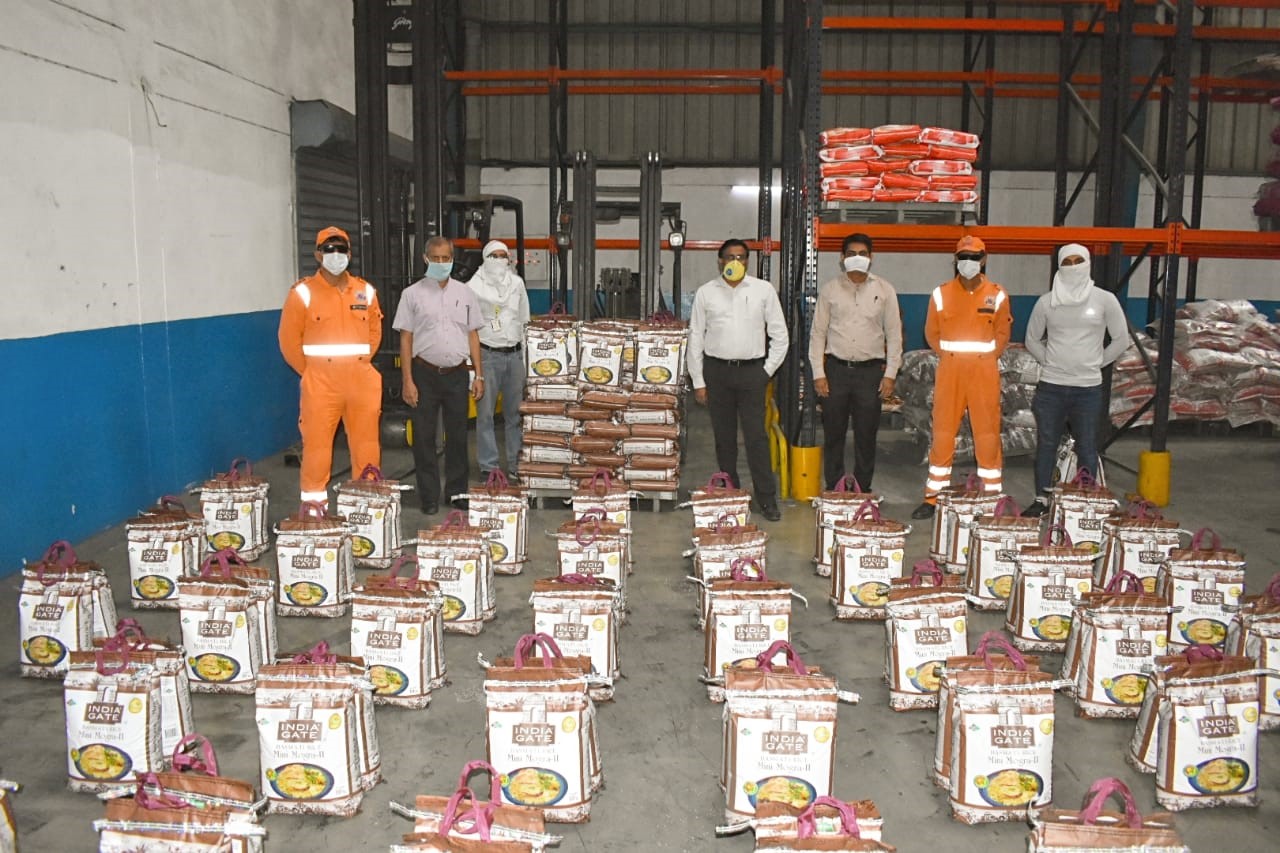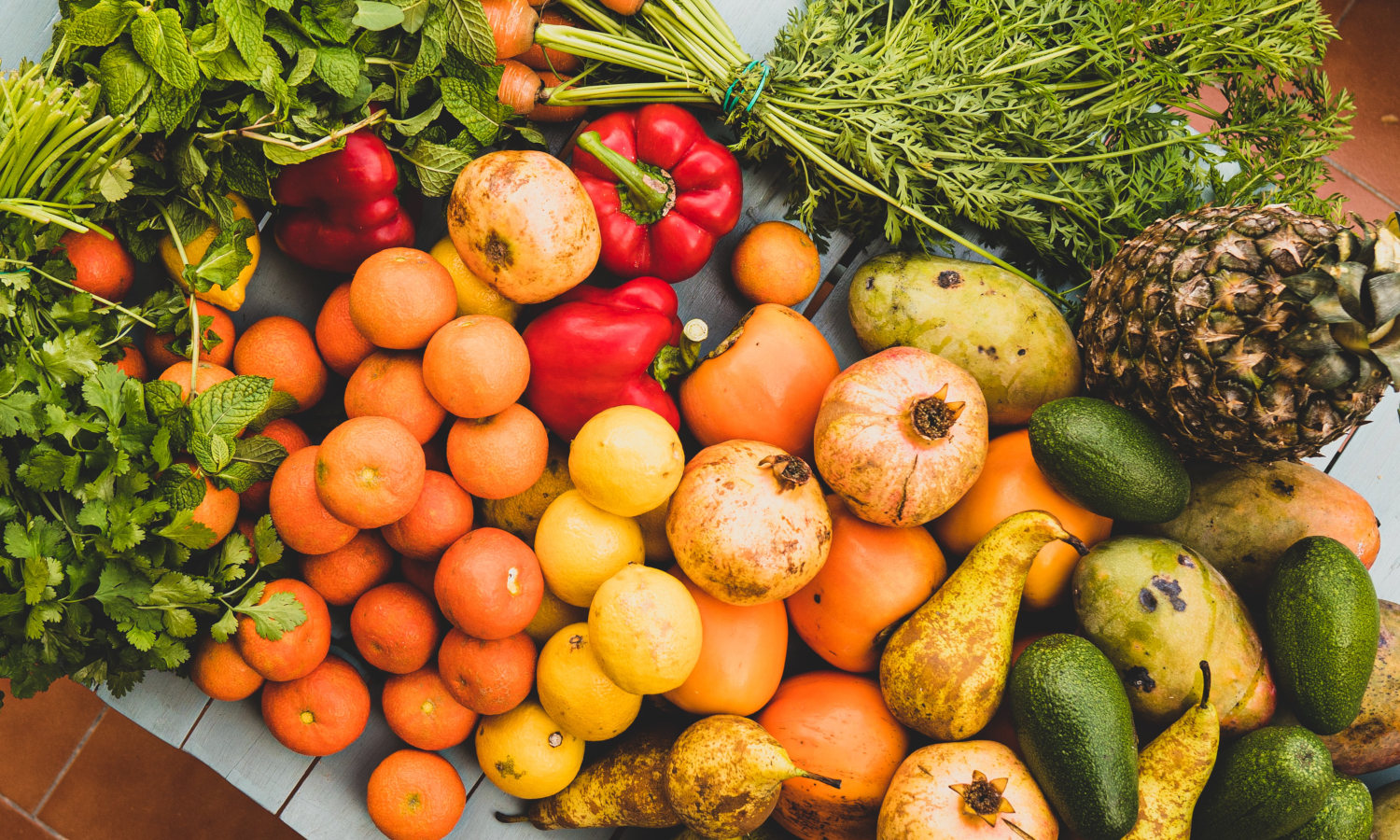Our ability to feed a growing world population is at risk, According to a new report from the UN’s Food and Agriculture Organization (FAO). Published in December 2022.
The Future of Food and Agriculture:
Makers and Changemakers warns that without broader socio-economic and environmental change, we cannot create or maintain sustainable agri-food systems.
“Many of the Sustainable Development Goals (UN SDGs) are off track and will only be achieved if agri-food systems are properly restructured to address the ongoing global challenges that undermine food security and nutrition through growing structural and regional inequalities,” said FAO Director General QU Dongyu at the opening ceremony.
What are Agro-food systems?
FAO defines agro-food systems as follows: “The set of actors and related value-added activities involved in the primary production of food and non-food agricultural products, as well as storage, consolidation, post-harvest handling, transportation, processing, marketing, distribution, disposal, and consumption of all food, including non-agricultural products.”

What forces forces shape their future?
The FAO report identifies 18 so-called factors that are interrelated in nature and include socio-economic and environmental forces. They interact with and help shape various parts of the global agri-food system, including poverty and inequality, geopolitical instability, and resource degradation.
The Nykypoluilli report warns of a future defined by permanent food insecurity, the destruction and degradation of resources, and unsustainable economic growth.
Four scenarios for the future of agri-food systems
The report also outlines four scenarios for the future of agri-food systems: More of the same; a corrected future; a run to the bottom; and trading for sustainability.
CEO QU Dongyu explains that “strategic foresight” helps all of us, and especially governments, by analyzing short- and long-term trends and seeing possible alternative future scenarios. “By considering worst-case scenarios, we can anticipate possible negative paths and take steps to avoid them.”

More of the same (MOS) Responses to events and crises, while sufficient to prevent system collapse, result in less sustainable agri-food systems, and poor living conditions for many people, increasing the likelihood of long-term system failure.
Own Future (AFU). To achieve the goals of Agenda 2030, some movements toward sustainable agricultural and food systems are starting in
companies. Some welfare improvements have been achieved but the lack of overall and systemic sustainability makes it difficult to maintain them in the long term.
Race to the Bottom (RAB) Serious, ill-motivated decisions will lead the world to the worst version of itself, after significant parts of the socio-economic, environmental, and Agri-food systems have collapsed, resulting in costly and nearly irreversible consequences for a large number of people. People and ecosystems are both involved.
Trading for Sustainability (TOS) Awareness, education, social commitment, responsibility, participation, and critical thinking give rise to new power relations in most countries and change the development paradigm. Short-term growth of gross domestic product (GDP)
is traded for the inclusion, resilience, and sustainability of agro-nutritional, socio-economic,
and environmental systems.
Setting the right path
The report warns that urgent change is needed. FAO proposes four “switches” to drive this change process: better governance; critical and informed consumers; better distribution of income and wealth; as well as innovative technologies and approaches.
“Ensuring access to sufficient nutritious food, decent jobs, income opportunities, and environmental services, among others, requires us to be smarter in identifying the trigger to accelerate change processes,” said Director General QU Dongyu.
A series of linked challenges
Food security is one of a number of interconnected challenges, from the cost of living to the energy crisis, which will be addressed at the World Economic Forum Annual Meeting in Davos on January 16–20, 2023.
More information can be found at the World Economic Forum’s Food Systems section or related work, and updates and changes are needed here.
Source: FAO,WEF




